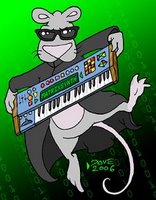Showing posts sorted by date for query M. Sort by relevance Show all posts
Showing posts sorted by date for query M. Sort by relevance Show all posts
Saturday, December 20, 2025
Batchas "Polynomial" just for fun
video upload by batchas
"Music as therapy.
As usual can't beat the amazing original by Aphex Twin and it's not the goal anyway, cause I'm doing these session as therapy. No-brainer and fun.
One unique take und tschüss...
Instruments: Mos-lab 2500 (Scrotum Lab matrix), Oberheim Matrix 1000, Roland Juno 60, Waldorf Q, Waldorf Pulse +. Efx: Audiothingies Doctor A, Valhalla Supermassive.
The images are excerpts from a movie by Georges Méliès called 'Un Homme de têtes' released in 1898."
Friday, December 19, 2025
Cymaforma ALT
video upload by Luca Longobardi
"I’m only on page 15 of the Cymaforma Alt manual yet I’m already completely sold. There’s so much left to uncover, but this instrument has instantly earned its place alongside my Prophet 6 and Buchla Easel in my new live setup."
Thursday, December 18, 2025
Moog Matriarch 50 Dark Noisy Modular Patches. Sound Demo Jam
video upload by Anton Anru
"Dark Side Of The M" is a collection of 50 patches for the semi-modular synthesizer Moog Matriarch. It includes: 12 Arps, 10 Leads, 11 Basses, 8 Drones, 9 Chords.
🌌 In this soundset, I aimed to create dark timbres on the edge between experimental and usable. The Matriarch offers excellent possibilities for this: gritty delay tones, the ability to modulate parameters with audio‑rate sources, filter and amplifier overdrive and distortion, FM and AM, and of course, flexible, complex patching.
This also allowed me to explore new preset categories I hadn’t used before—dark, deep Drones and Chords, where a single held key produces intervals.
📦 Get these patches: https://antonanru.sellfy.store/p/matr...
🧿 The bank covers a wide range of tones: warm, deep, bright, metallic, expressive, dark, evolving, detuned, inharmonic, noisy, distorted, and others.
The presets vary in complexity: some are simpler and will work in any track or genre, while others are experimental and will make your tracks sound unique.
💎 The soundset is suitable for all genres of electronic music, including Techno, House, Trance, Lounge, Downtempo, Funk, Disco, Pop, Acid, Hardcore, IDM, Drum'n'Bass, Breaks, Breakbeat, Trap, Electro, Ambient, Dubstep, EDM, Synth-Pop and others.
📔 The soundset is presented in PDF format. Each page contains notes explaining how the patch works, which parameters are worth tweaking during playback, and how to develop the timbre during a performance. By following these notes and making conscious adjustments, you can explore the depth of the synth.
💽 Each patch includes an audio example, demonstrating how it's supposed to sound. These examples use only the Matriarch Delay without external effects.
🪩 To recreate these presets, you'll need up to 16 patch cords, including long ones.
Make sure your firmware is v1.2.3 or higher for full compatibility with my presets."
This Synth is SO UNDERRATED.
video upload by Synthux Academy
Check with dealers on the right for availablity and price.
"Simple Touch is an expandable synthesizer with swappable faceplates. In this deep-dive video I'm going through all features, including hidden gems and performance techniques.
Touch 2 is an instrument designed for tactile interaction and hands-on control. It can be a thick bass, a distorting string, a delay, reverb, distortion, and pretty much anything in between. And, front panels are swappable!
TIMESTAMPS
00:00 Introduction
01:26 Touch Bass - Paraphonic Synth Introduction
05:50 Touch Bass - Pattern Generator
10:46 Touch Bass - External Midi Control
12:44 Touch String - Percussion & String Synthesis
16:59 Touch Audrey II - Horrorscape Synthesizer
23:19 Touch FX - Multi Effect Unit
24:05 Touch FX - Valhalla Reverb
25:00 Touch FX - Tape Delay
27:35 Touch FX - Flanger, Chorus, and Delay Modulation
30:31 Touch FX - Distortion & Bitcrusher
34:45 Installing Firmware
35:52 Github & Synthux Core Memberships"
Wednesday, December 17, 2025
Introducing SQUID-3 by Acustica Audio
video uploads by Acustica Audio
Playlist:
1. SQUID-3 - You don’t need make-up when the sound is this good.
2. SQUID-3 Explained | Complete Walkthrough
Quick No-Talk Synth Demo
video upload by Autodafe
"Here’s a fast, no-talk demo of SQUID-3 (SQ-3), the new synth by Acustica Audio. This video is all about listening: no voice-over, no explanations — just sounds and visuals so you can get a first impression of what this synth can do.
In this demo I’m simply showcasing a selection of patches and musical textures. I’m not going into technical details or deep sound-design features this time — think of this as a relaxed, musical overview rather than a tutorial.
If you’re curious about the engine, workflow, or a more in-depth breakdown, feel free to leave a comment and I may cover it in a future video. For now, just sit back and enjoy the sound."
SQUID-3 is a forward-thinking synthesizer born from Acustica’s groundbreaking MAREA series, available in VST3, AU, and AAX formats. Built to respond better than a real instrument, SQUID-3 gives you the speed to create instantly, and the depth to design without limits. It’s fluid, focused, and sonically honest.
 This isn’t a vintage emulation, or a collection of pretty presets under reverb.
This isn’t a vintage emulation, or a collection of pretty presets under reverb.
SQUID-3 fuses algorithmic modeling with advanced convolution, capturing the behavior of analog gear - better than gear does.
SQUID-3 is not another virtual synth.
It’s a new breed - designed to sound finished, even before the FX.
Every stage of its engine, from oscillator to output, was built to make raw synthesis sound like a mastered record.
SQUID-3 is available in two separate editions:
• the Standard (3-D, multi-page) edition, hardware-inspired interface with depth, lighting, and tactile realism for an immersive studio feel.
• a Flat (2-D version, single-page) edition, A clean, flat design optimized for speed, built for maximum graphic efficiency, where all controls are summarized on a single page"
You can find additional details at https://www.acustica-audio.com/shop/products/SQUID3
Vintage Silver ROLAND Koffer Case
Note: links to listings are affiliate links for which the site may be compensated.
via this eBay listing
This one was spotted and sent in via
M Me.
I've never seen one of these before.
Curious what it originally held. If you know, feel free to comment.
via this eBay listing
This one was spotted and sent in via
M Me.
I've never seen one of these before.
Curious what it originally held. If you know, feel free to comment.
Tuesday, December 16, 2025
New Open Source Virtual Pipe Organ Project: Rusty Pipes
This one is in via DS:
"Hey Matrixitians!
I'm writing in to announce a new MIDI-controlled Virtual Pipe Organ software called "Rusty Pipes".
It's a sample-based organ synth with support for GrandOrgue and (unencrypted) Hauptwerk sample sets. It features 32 bit internal audio mixing, full MIDI support with extremely flexible channel routing, integrated audio and MIDI recording of performances, convolution reverb, and an innovative sample streaming mode that makes it possible to play very large sample sets with a minimal amount of RAM, yet without increasing latency!
Other unique features include a REST API for things like pulling stops - great for people who like to build physical consoles - and optional text mode support (via Ratatui) which makes this ideal for running on headless setups or on a RaspberryPi.
Rusty Pipes is a clean-room implementation written 100% in Rust, available free and open source under the GPL v2. Version 1.3.0 supports over 20 languages including Latin and Klingon, and is available for Linux, Mac and Windows. Debian and Arch (AUR) packages are provided as well.
Project page
Downloads
There's a bunch of sample recordings on the project page, but here's some standouts:
https://playspoon.com/files/RustyPipes-Vierne-Symphony-No2-Finale.ogg
https://playspoon.com/files/RustyPipes-Bach-Klavier_Uebung_BWV-669-Strassburg.ogg
Stay loud!"
Kraftor hosting Nexus
video upload by Polaxis
"Sentence prepared with https://www.polaxis.be/nexus-serial-m...
and triggered via MIDI using a custom MIDI keyboard designed by https://learn.adafruit.com/usb-keyset"
Info on the USB Chorded Keyset #3dprinting #circuitpython
video upload by Adafruit Industries
"Build a 3D printed USB chorded keyset inspired by the original Doug Engelbert "Mother of all Demos" keyset from the 1960's. This 5-finger keyset lets you type without moving your hand, entering full words and phrases by pressing multiple keys simultaneously as a chord."
Roland JX-08 Demo
video upload by Panu M Savolainen
"Multitracked demo of Roland JX-08 Botique. Only factory patches and internal fx used."
Monday, December 15, 2025
Toto’s Steve Porcaro Shows How He Created the Synth Sounds on Africa, Human Nature, Rosanna, ...
video upload by Anthony Marinelli Music
"In this monumental video, I’m sitting down in Steve Porcaro’s studio for a rare, up-close demonstartions at how one of the true synth legends created some of the most iconic sounds in music history.
What makes this so special is that Steve takes us step by step through the exact synthesizer techniques he used on massive hit records — including Michael Jackson’s 'Human Nature,' Toto’s 'Africa' and 'Rosanna,' as well as classic tracks for Hall & Oates, Don Henley, Donna Summer, and more. He also recreates these sounds on the same model vintage synthesizers he used on the original recordings.
As we dig in, Steve shares his personal approach to synthesis, how he builds multi-dimensional sounds, thinks about atmosphere and texture, and shapes parts so they serve the song emotionally, not just sonically. He also reveals how he writes out synthesizer parts on score paper, treating synths like orchestral instruments and arranging them with real intention.
This isn’t a preset rundown or surface-level demo. It’s a candid, in-studio conversation about process, musical thinking, with hands-on demonstrations from someone who helped define the sound of an era. If you’ve ever wondered how these legendary synth parts were truly made, now you can get it straight from the source, this is a moment you don’t want to miss!"
Tomorrow's Sunset | IDM track with Cirklon, Prophet 10, System-8, Minimoog, Machinedrum, and JD-990
video upload by MIDERA
"Two years ago today, I lost my mom... Often I write tracks as tributes, remembering the end - which was really a horrible experience.
But I know what matters isn't what happened at the end, but really I should take the time to celebrate what she gave me: my life, my family, my experiences, my abilities. Her and my dad are the reason I have any of this and can write anything at all. So, I'll just say that I'm thankful to both of them. That's what this day can become, a reminder of what I've been given.
Track:
Sequentix Cirklon 2 sequenced everything.
Sequential Prophet 10 for initial sound
Moog Minimoog for bass
Roland System-8 for pads
Roland JD-990 for plucked sounds
Elektron Machinedrum for drums
#prophet10 #minimoog #machinedrum"
PATCH / STEREO 4 VOICE GENERATIVE CHORDS / Joranalogue Audio Design system
video upload by Joranalogue Audio Design
"'I had a blast creating this patch on a giant Joranalogue eurorack system. I implemented a lot of small tricks, let me write out the main ones down here...'—Simon
Kickdrum
---------------
Filter 8 is getting pinged by a clock pulse (generated with a looping Contour 1), routed through Warp 1. A second Contour 1 is used to modulate the frequency of Filter 8. A Step 8 being clocked with the same pulse from Contour 1 is modulating the exponent parameter on Warp 1 (controlling the amount of distortion/waveshaping). The pattern is 7 steps long. By adjusting the exp knob manually I have additional control over the distortion.
Saturday, December 13, 2025
1 Pattern - 8 Kits - Melbourne Instruments Nina
video upload by Modern Fate
"I'm sending the same pattern to eight different kits that I programmed on the Melbourne Instruments Nina. Pattern information is sent via MIDI from Ableton, to four different channels. Each kit that I load on the Nina consists of four parts respectively. Basic mastering applied, but sounds from these Nina kits only."
Sticker Covered Sakata DPM Juggbox Digital Percussion Machine Drum Machine with Original Box
Note: links to listings are affiliate links for which the site may be compensated.
via this eBay listing
"This unit is in overall usable condition and works, but it does have a few quirks worth noting:
• Missing a couple of knobs
• Crash sound typically doesn’t trigger
• Hi-hat can occasionally sound distorted — most of the time it functions normally, but it can be finicky
• Could be an easy fix, but I’m not sure
Cosmetically, it has normal wear for its age. Please check all photos for the exact condition."
via this eBay listing
"This unit is in overall usable condition and works, but it does have a few quirks worth noting:
• Missing a couple of knobs
• Crash sound typically doesn’t trigger
• Hi-hat can occasionally sound distorted — most of the time it functions normally, but it can be finicky
• Could be an easy fix, but I’m not sure
Cosmetically, it has normal wear for its age. Please check all photos for the exact condition."
BlueARP DM + Ketron SD1000 Performance "Japanese Dream"
video upload by graywolf2004ru
"Live performance, created and sequenced entirely on BlueARP DM, all sounds come from Ketron SD1000 using only its internal FX. Kurzweil is used just as a midi keyboard here.
What is BlueARP DM - you can check it here:
https://omg-instruments.com/wp/?page_...
The coolest thing is that BlueARP DM stores all the program selects, volume levels and effect parameters as various CC/sysEx messages on the AUTOMATION page, which it sends to the synth on project load.
I need just to turn on SD1000, connect it to BlueARP DM, load the project - and it is ready. This is a perfect compact setup I wanted to test for a long time.
While making this performance, I found some bugs in BlueARP DM midi implementation, it sometimes swallows notes in a dense note flow, especially those coming as THRU. Here it showed up because all 8 instances generate notes on the same MIDI channel. I'm fixing it in the next firmware 2.8.3b (it will be BlueARP DM only update), hopefully Dec 2025.
PS. Opening sequence is the patch called 'Shamisen', it is a Japanese stringed instrument, which gave the name to the performance )"
Friday, December 12, 2025
Flame Maander-M Desktop Eurorack Wavetable Synth
A few pics via CONTROL
New version demo here, previous version in white here.
Details:
 "A Streamlined Classic! Mäander-M Wavetable Synth with Analog Filterbank & Sequencer
"A Streamlined Classic! Mäander-M Wavetable Synth with Analog Filterbank & Sequencer
The Flame MÄANDER-M is a compact reimagining of a well-regarded classic from the Flame lineup — now more affordable and streamlined, but still packed with the same sonic depth. At its core is a wavetable synth engine, fed into the 12-channel analog bandpass filter bank, controlled by the internal pattern sequencer.
Sound sources include a polyphonic wavetable and FM oscillator, an analog white noise generator and an external audio input. The internal sequencer offers one polyphonic note track (up to 4-voice chords) and 14 mono tracks. The latter are dedicated to the filter channels, the audio input, and the noise source. Each track has its own VCA with individual envelope control and is accessible via MIDI notes.
Patterns can be created and saved as patches, and played live with ease. The built-in arpeggiator and keyboard scaler make the MÄANDER a powerful tool for live jamming and generative sequencing. Updates, patch management, and wavetable loading are handled conveniently via MIDI SysEx.
New in this version: direct oscillator output, stereo noise output, and stereo audio input. Mäander comes fully mounted in a powered 56HP wooden skiff to get started right away.
The Mäander module comes with a custom-made 56HP Eurorack case. Consisting of black anodised aluminium half-shells with wooden side panels, the case has a desk-style design. It includes a built-in power supply (+5V, +12V and -12V, each with an output current of 500 mA) and a plug-in power supply (9–18 V, 18 W), and can therefore also be used as a separate Eurorack case with other modules. The case is manufactured entirely in Germany, and the elegant wooden side panels are crafted from locally sourced wood, including cherry and elm."
Thursday, December 11, 2025
A path in the dark | Sequential Prophet VS and Rhodes Piano ambient soundscape
video upload by MIDERA
"Two years ago I was playing with my kids with a little yamaha piano, the christmas tree lit, we were looking forward to a relaxing and fun holiday... but that's when my mom called me and asked, "Did you mean what you said? Would you really be willing to come down to be with me?" She was so scared. I dropped everything and drove down (about 1.5 hr drive) to be with her. I'll never forget the look on her face - panic, fear, anguish... I don't know how to describe the look, but it was painful to see. I gave her a big hug as she cried. Looking back, I think she knew it was time, I think she knew her body was failing and was failing fast. I was determined to stay positive, but I watched her move. The exhaustion after only a few steps. I'm glad I didn't realize that it would be only 4 more days before I would lose her forever......."
Valhalla's New FutureVerb
Demo video upload by Stazma
"The lovely folks at Valhalla DSP have released a new plugin called FutureVerb.
As you know I'm a big fan and I had the honor to also be part of the beta testing crew for that one and here is a bunch of test with it (with synths and breakbeats mostly).
Oh and here are some presets I've made during the demos (those tested with Seashell).
https://bit.ly/ftvrbprst
Have fun!!!"
00:00 Intro
02:15 A bit of history about 'pre-delay'
06:57 FutureVerb walk through w/ Tiptop 200t System
18:10 Bonus Supermassive 'Sirius' test
20:14 Breakbeat Torture
23:12 Playing with some preset I've made w/ Instruo Seashell
"The future belongs to those who believe in the beauty of their dreams.
We are excited to introduce our brand new reverb/echo plugin: Valhalla FutureVerb™!
FutureVerb was designed from the ground up to give you the most transparent and realistic reverbs we’ve ever made. 8 years of research and development have gone into creating new and innovative algorithmic reverb topologies. The FutureVerb reverb modes are as close to perfect as we have ever heard.
And, since we don’t actually believe in perfection, we added a colorful and powerful Echo section that can add color and warmth, or keep things as clean as you wanna be.
With 8 original Reverb modes and 12 flexible Echo modes, FutureVerb gives you the sonic power you need to create your own future."
https://valhalladsp.com/shop/reverb/valhallafutureverb/
Wednesday, December 10, 2025
Flight of Harmony Infernal Noise Machine
Note: links to listings are affiliate links for which the site may be compensated.
via this Reverb listing
"Rareish 1st edition of the infamous noise box. Good condition, fully functional. Super weird in use and requires a little patience but when it comes together it's awesome. Hate letting this go but I'm in a tight spot."
via this Reverb listing
"Rareish 1st edition of the infamous noise box. Good condition, fully functional. Super weird in use and requires a little patience but when it comes together it's awesome. Hate letting this go but I'm in a tight spot."
Divergent Waves Sycamore & Oak Review
video upload by Molten Music Technology
"Sycamore is a two-channel melody maker that borrows from both the Turing Machine and an unfinished Mutable Instruments project to produce alarmingly engaging music. You can choose a scale and push notes about, add and remove notes, range up octaves, 'mutate' single notes or 'seed' entirely new ones. Oak provides some gate outputs and a load of extra control over the Sycamore. It's an absolute delight of a module. I'm using it in a very mellow way in this video but it can be anything you want."
This appears to be the first post to feature Oak.
"Oak is an expander to Sycamore which adds some useful features to the original module. Trigger outputs on every step, every note change, and at the start of each loop allow for creative patches that stay in time with the melody. Scale shuffle, previously only accessible via a long press on Sycamore, expands Sycamore with interesting patch-programmable quantization options.
The loop can be reset back to the first step after a trigger input or button press.
Sycamore’s four main parameters that control the loop - Shift, Quantize, Length, and Range - may also be locked at the press of a button."
NEXT PAGE
HOME
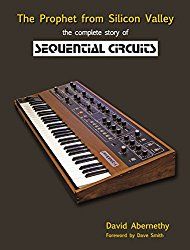
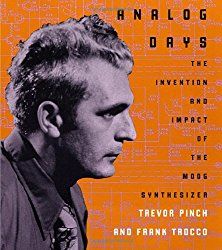
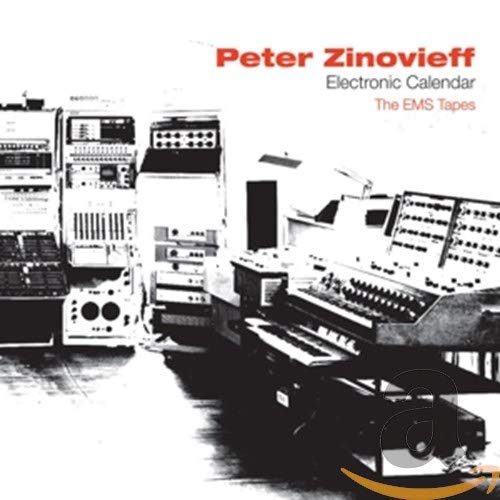
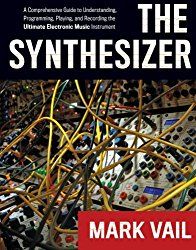
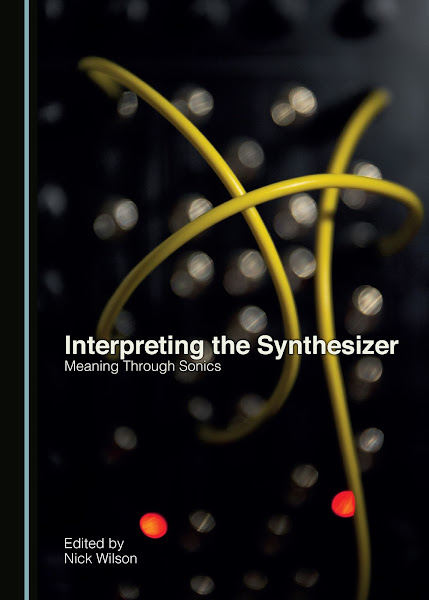
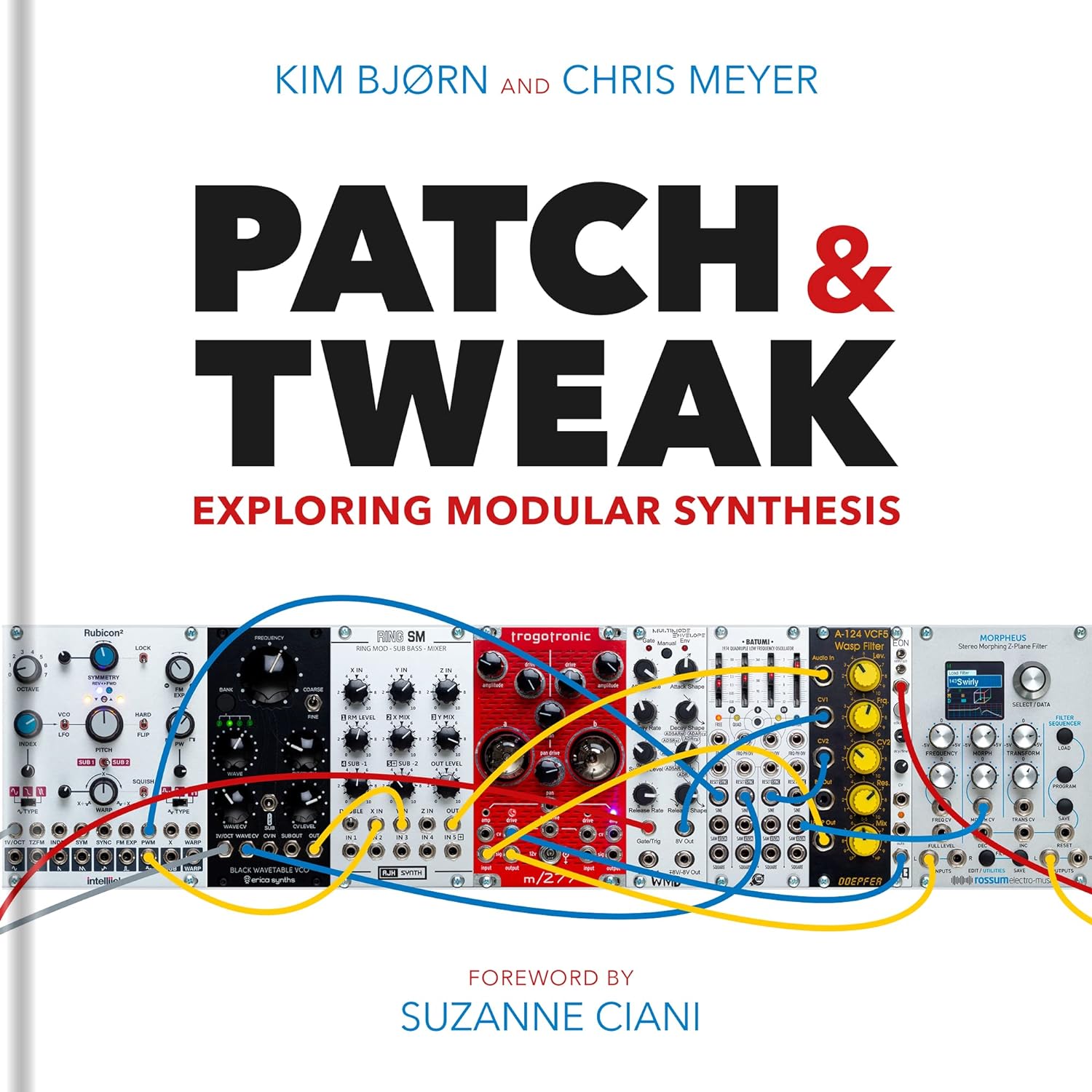

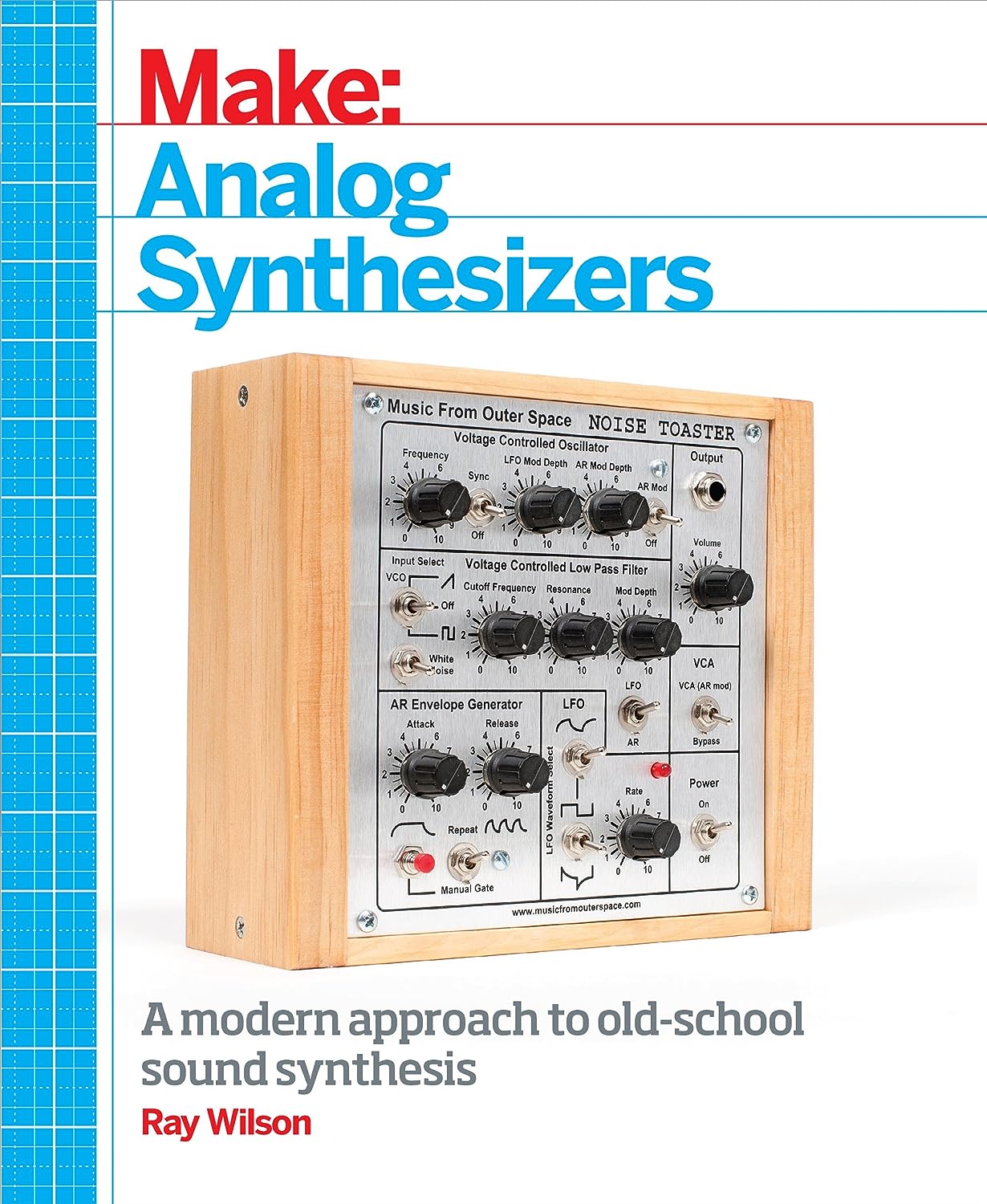
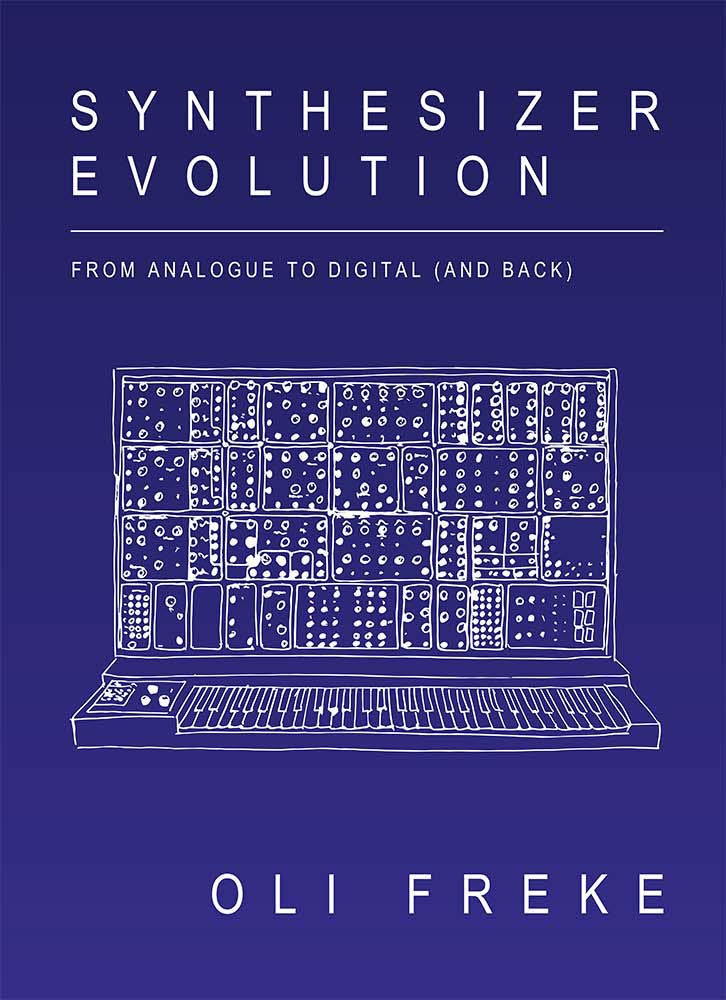
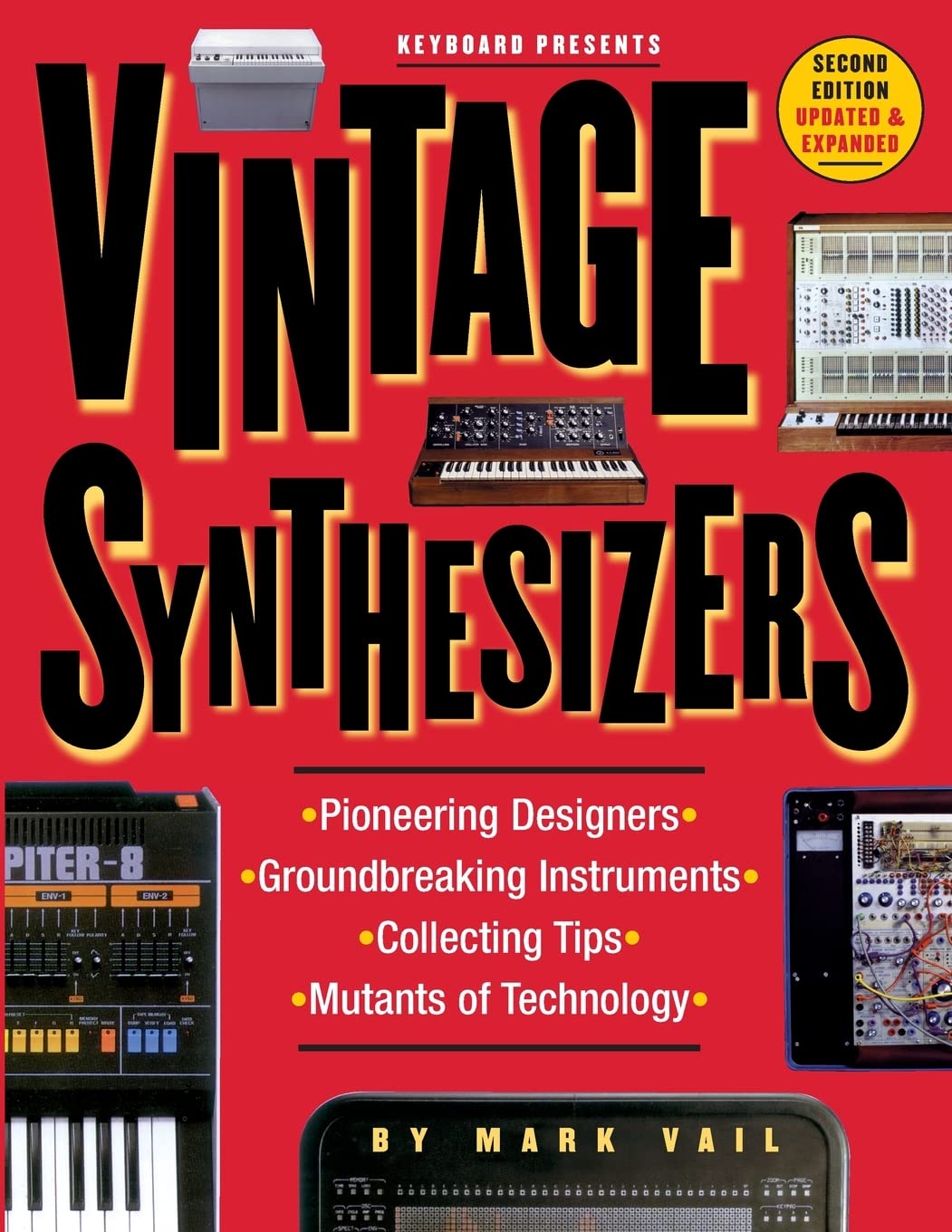
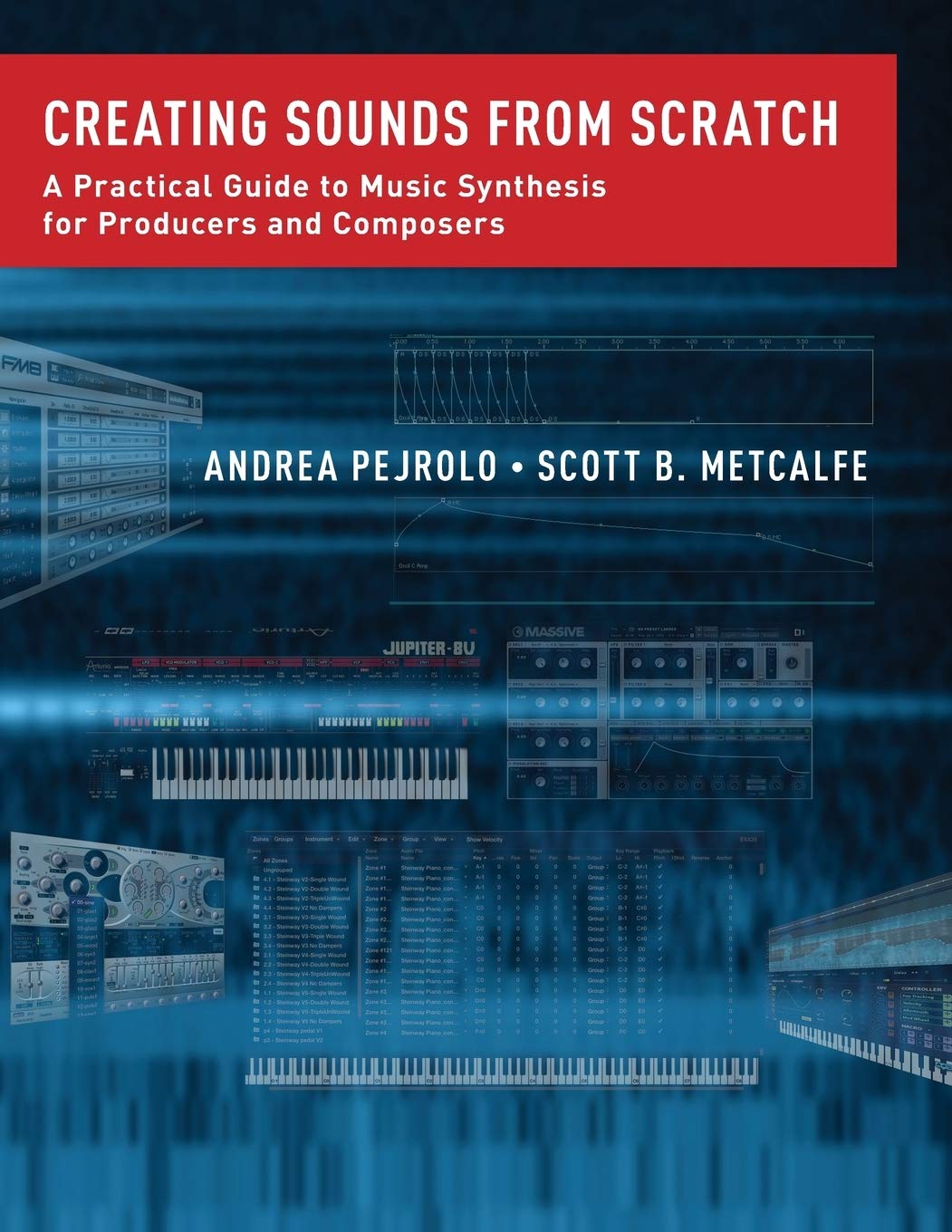
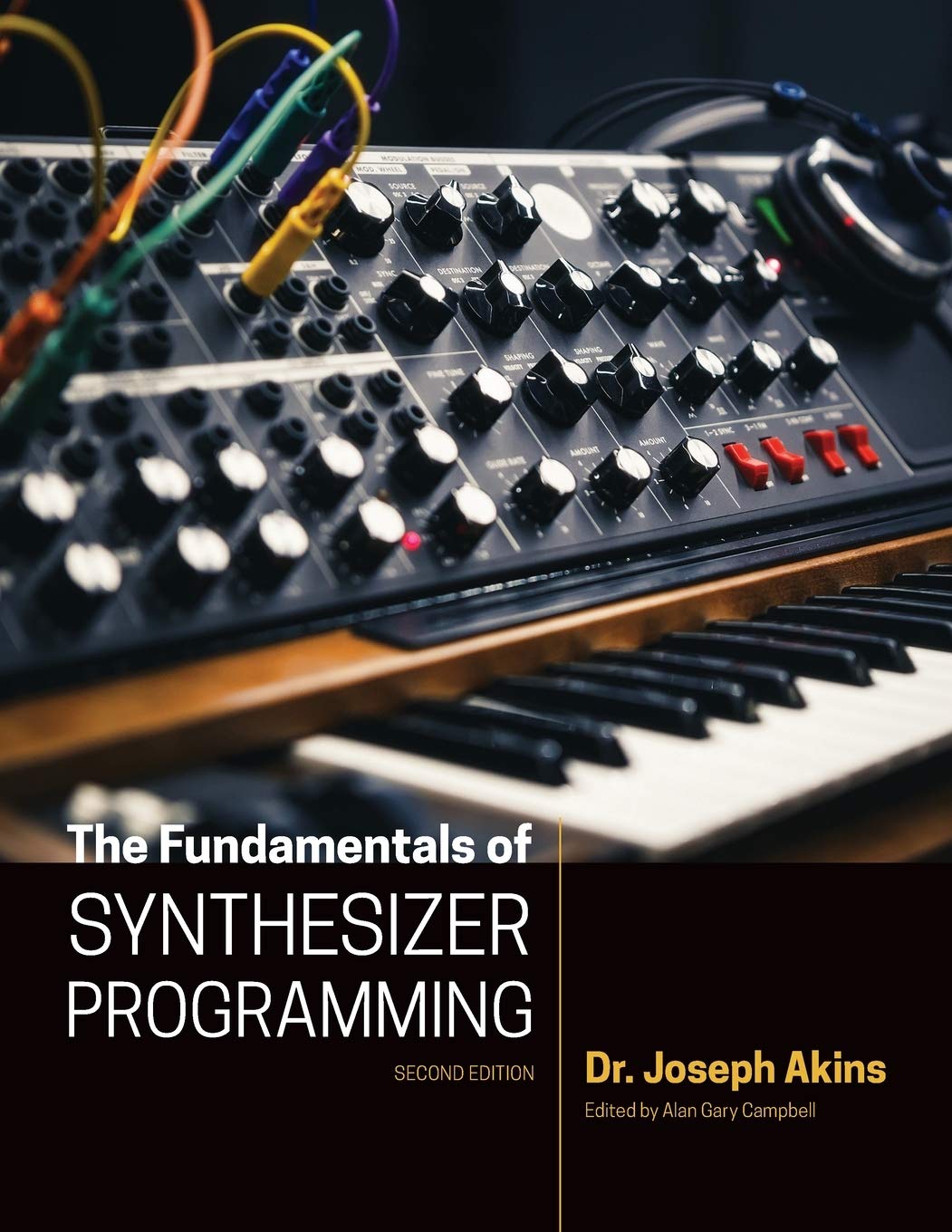

© Matrixsynth - All posts are presented here for informative, historical and educative purposes as applicable within fair use.
MATRIXSYNTH is supported by affiliate links that use cookies to track clickthroughs and sales. See the privacy policy for details.
MATRIXSYNTH - EVERYTHING SYNTH













© Matrixsynth - All posts are presented here for informative, historical and educative purposes as applicable within fair use.
MATRIXSYNTH is supported by affiliate links that use cookies to track clickthroughs and sales. See the privacy policy for details.
MATRIXSYNTH - EVERYTHING SYNTH































